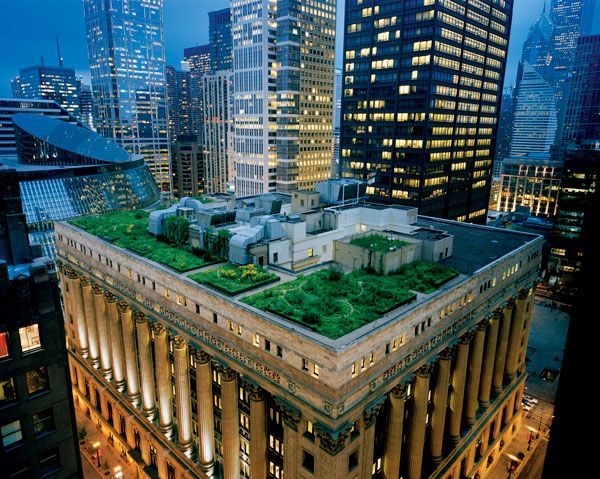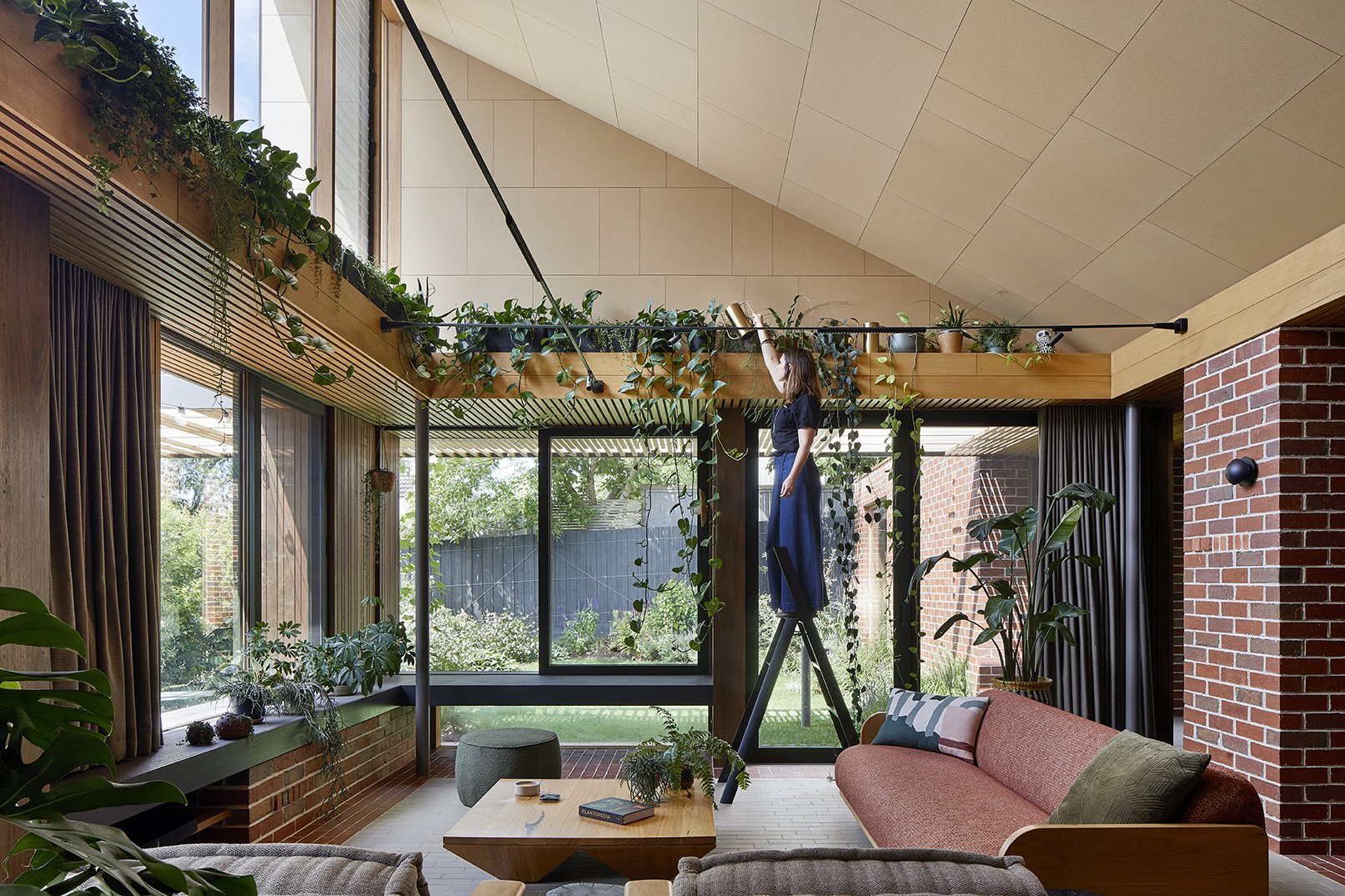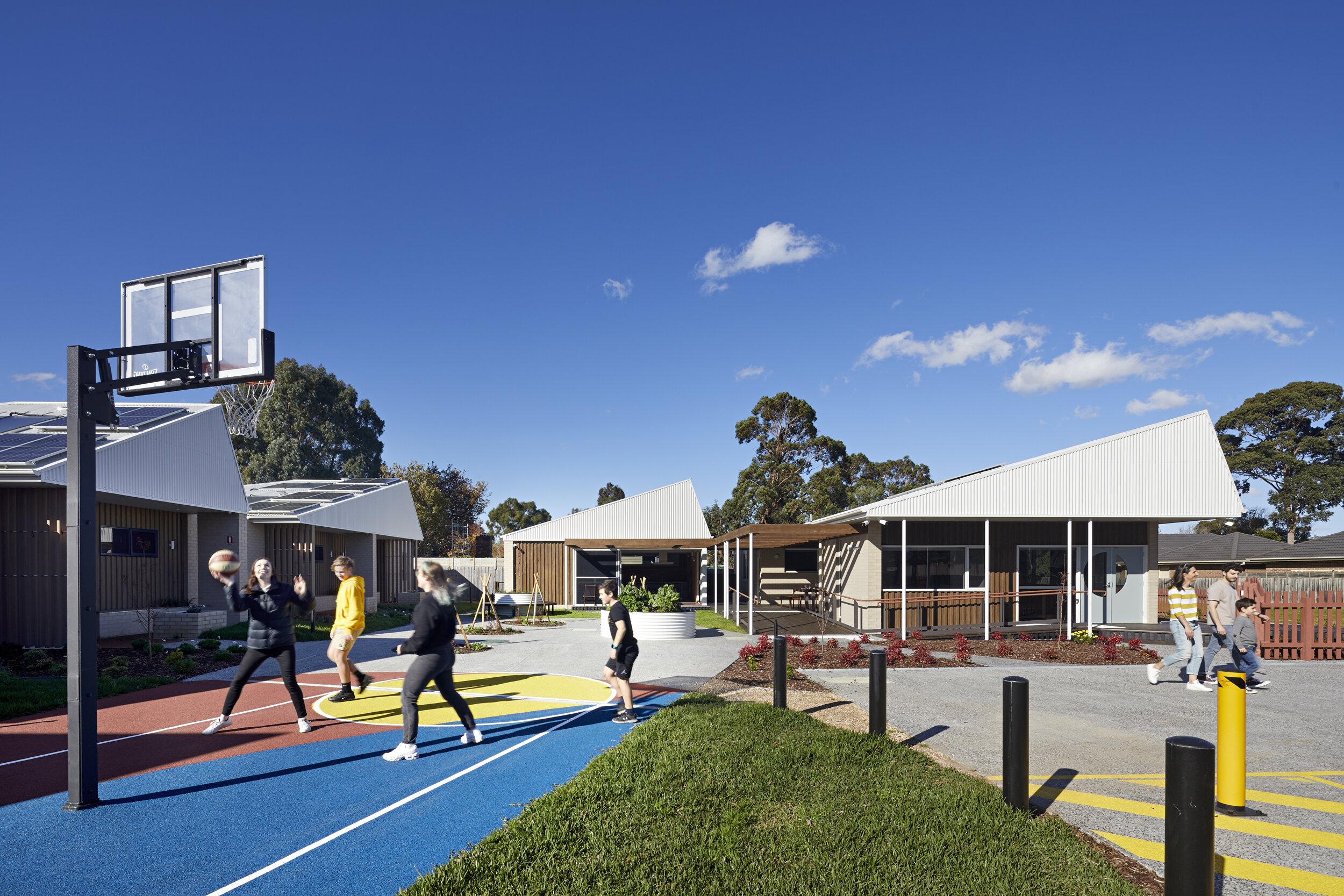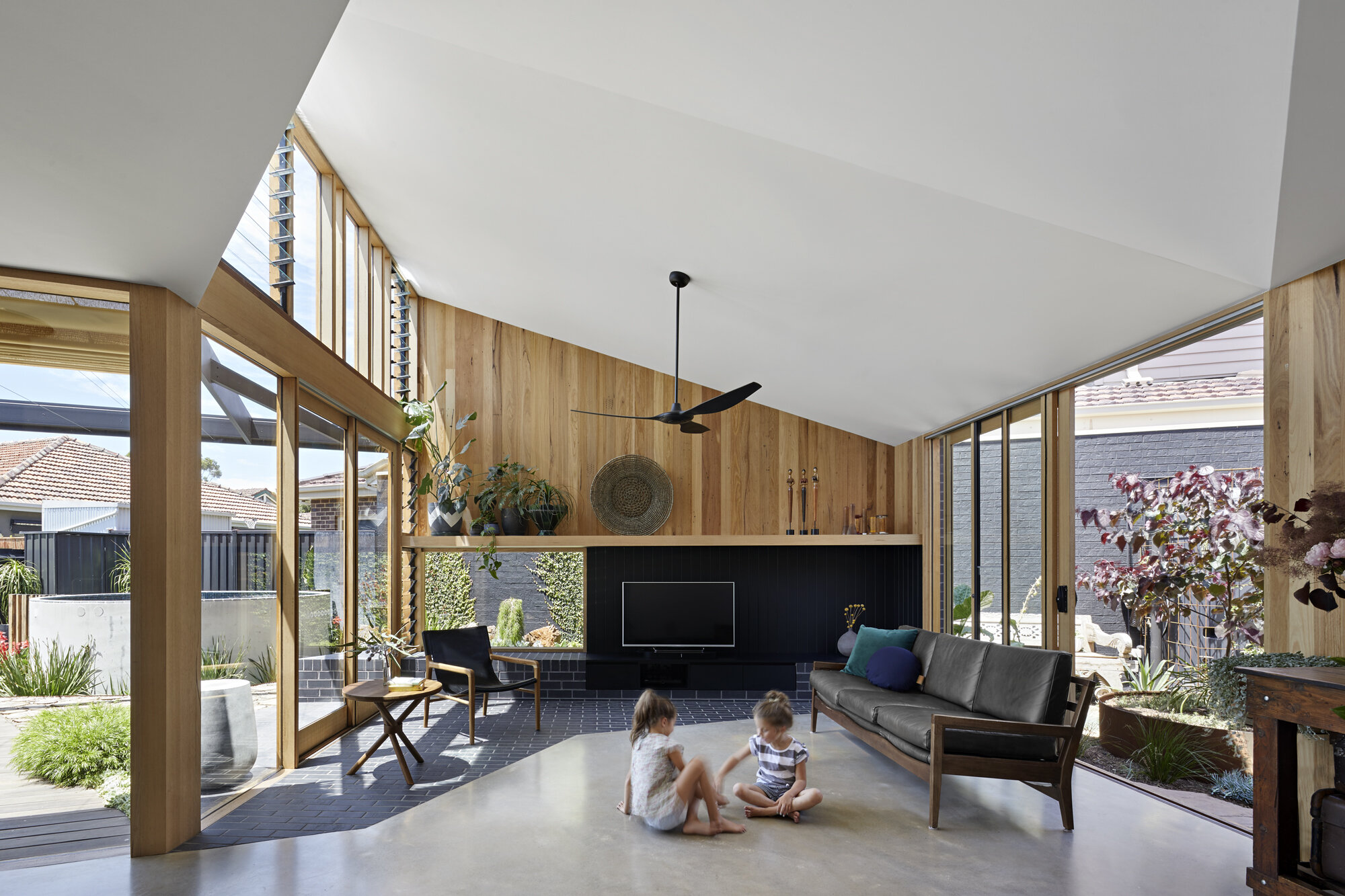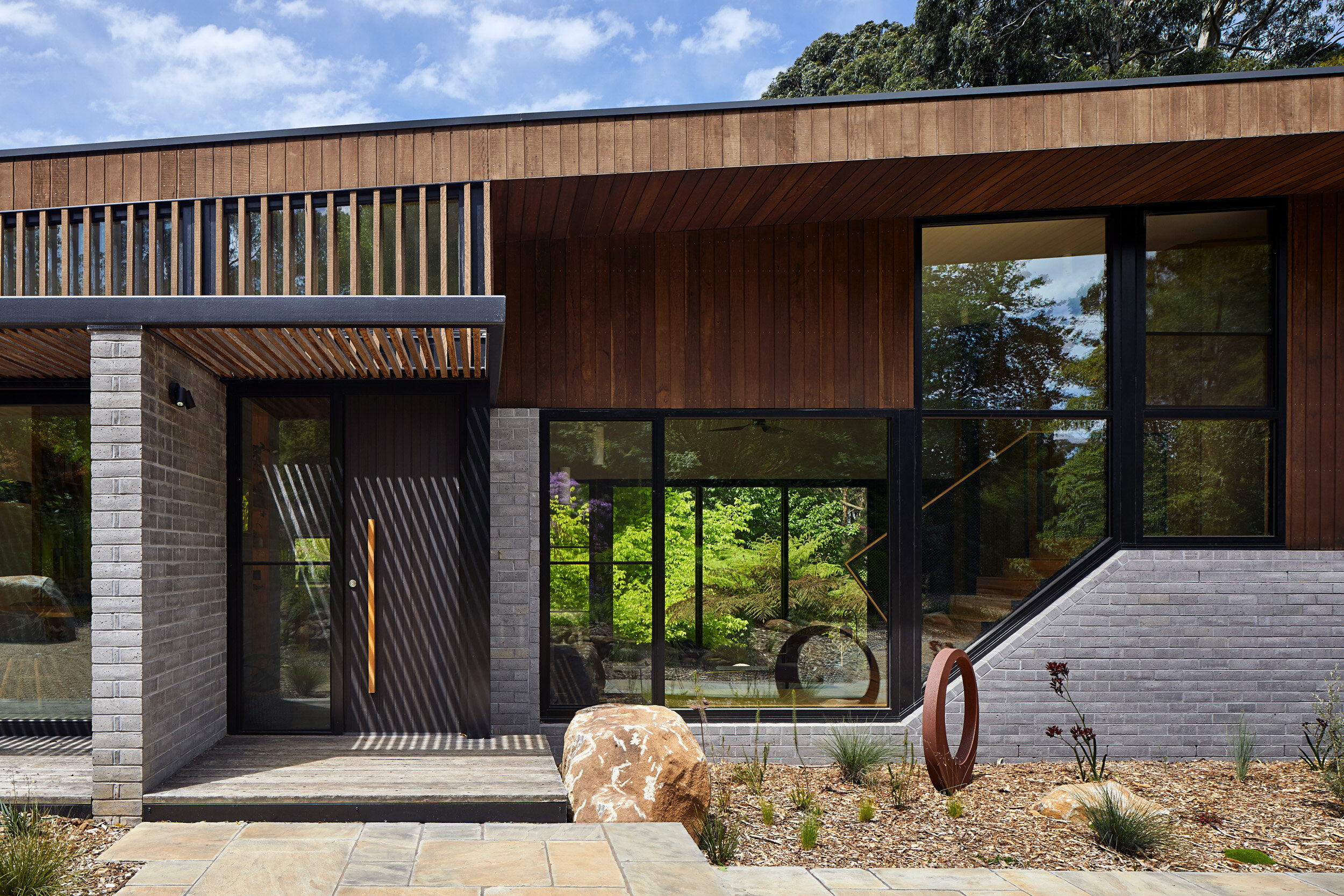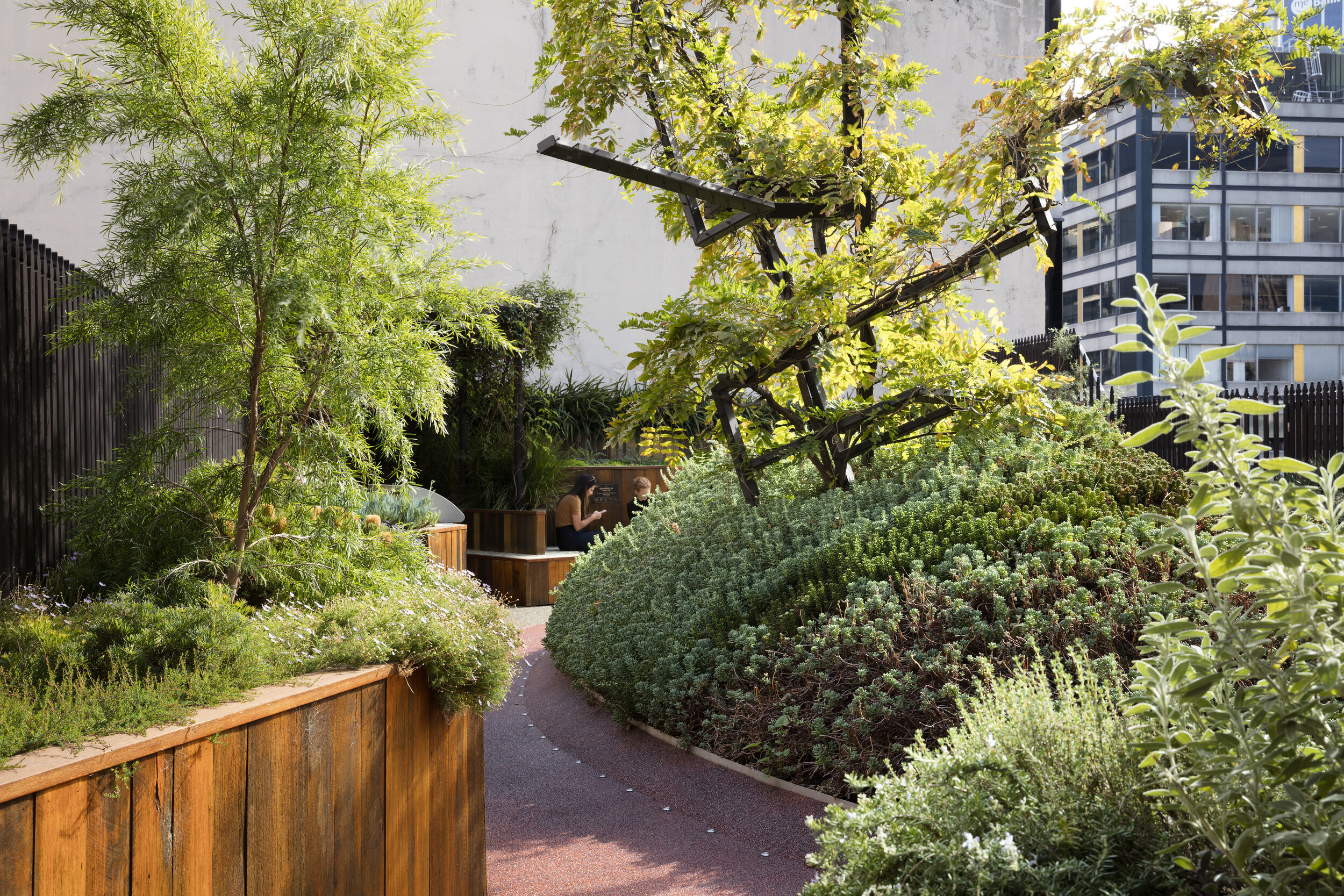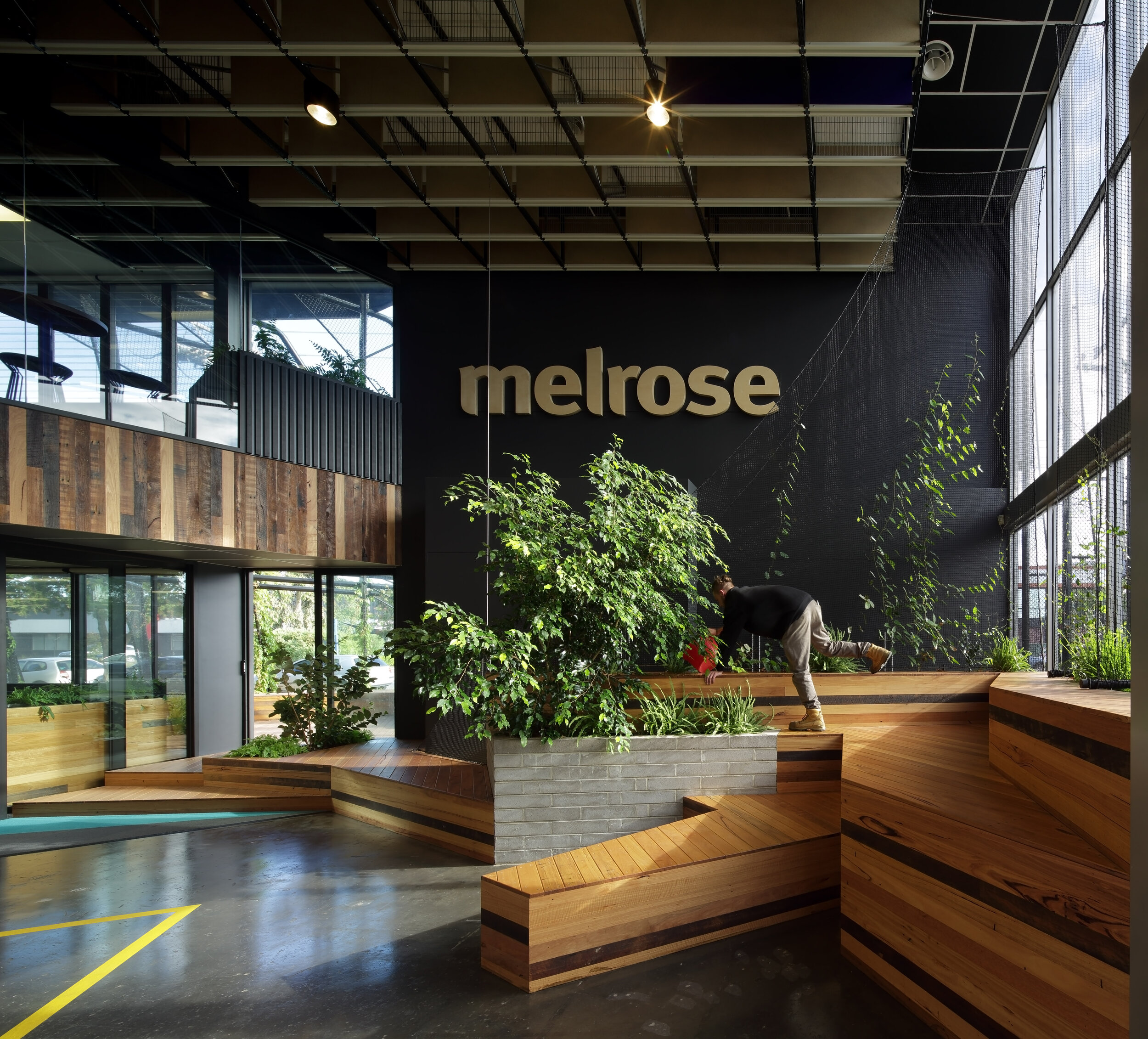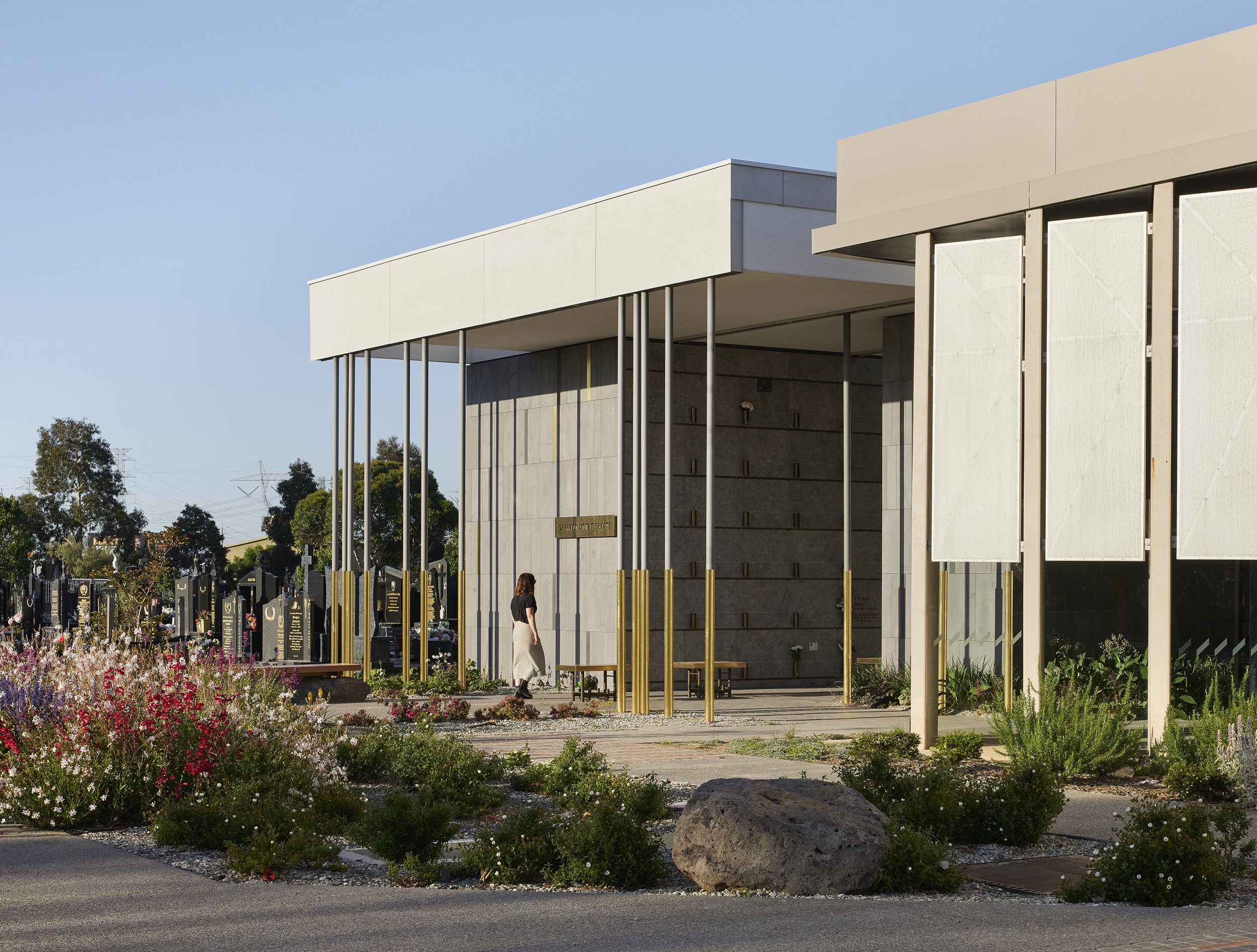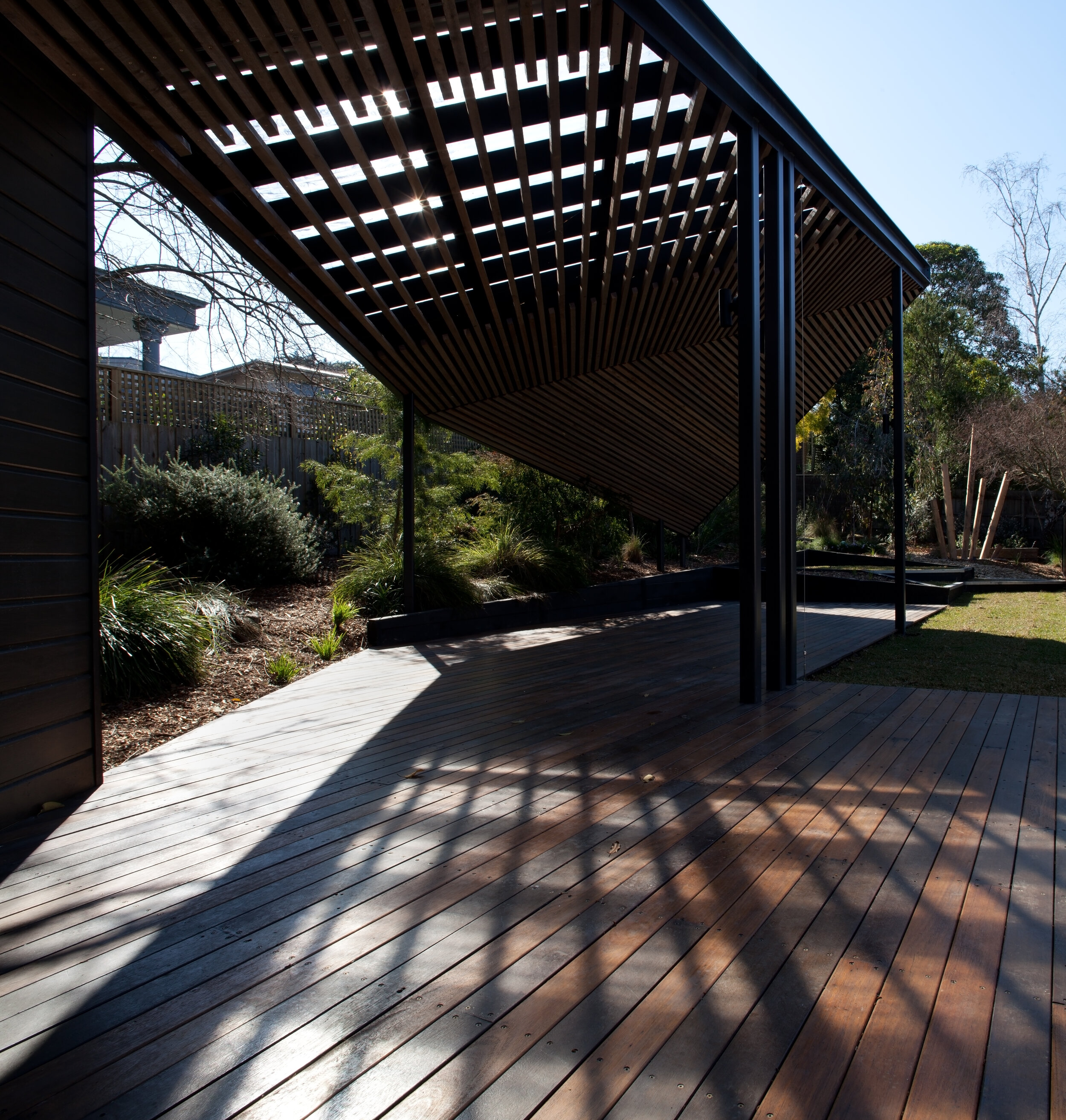With pacific islands disappearing into the ocean like Atlantis,1 videos of starving polar bears roaming around barren fields previously covered by ice2 and extreme weather events on the rise,3 the significant impacts of climate change are clear. It's hard to fathom why governments of the world aren't responding more rapidly (if at all) to this impending environmental and humanitarian crisis. But if you're thinking the solution to climate change is over your head and you're reliant on those in power to make a difference, you're wrong and right at the same time...
You see, the building sector is responsible for almost a quarter (23%) of Australia's greenhouse gas emissions and the lions share of that figure is a result of residential and commercial buildings' end use of energy in the form of electricity and gas. The greatest source of energy use in residential and commercial buildings? Heating and cooling.4
Meanwhile, a CSIRO study shows that between 2010 to 2050, climate change is likely to increase the CO2 emissions produced by air-conditioning our homes.5 The report found houses today are likely to require significantly more energy for heating and cooling as the climate changes. This is especially true in climates where there is currently a balance between heating and cooling requirements, such as Sydney where the projected increase in energy requirements is in the order of 120% and 530% if the global temperature rises 2℃ and 5℃, respectively.
This is where things start to get interesting (read: horrifying). Unless something changes, as the effects of climate change ramp up, our demand for carbon intensive energy to keep our homes and offices comfortable will also increase. If you're thinking this is beginning to sound like an exponential graph of doom? You're right, but there is hope.
A recent study from the University of Seville in Spain looked at a way to reduce the impact of climate change that we can certainly get on board with: green roofs.6 The study showed the role green roofs play in the reduction of the heat island effect and how they could help a city like Seville counteract the warming caused by climate change. What's promising is how little of our urban areas need to be covered with greenery to make a difference. To mitigate the most optimistic predictions of climate change (an increase of maximum summer temperatures of 1.5°C), just 11% coverage would be effective, while to deal with the most adverse predictions (6°C in summer), 40% green roof coverage would be required.
The green roof on the Chicago Town Hall is an outstanding example of what cities can do to increase their resilience to climate change and help mitigate its effects at the same time. Image Source: Land8
Back at home, the CSIRO have been working to demonstrate how green roofs can help Australians adapt to climate change.7 On the roof of Melbourne University's Burnley Campus, researchers showed how the shading and insulative effects of a green roof can reduce the peak indoor temperature of a test room by up to 2.5°C in summer and increase the minimum temperature by 1°C in winter. While this might not seem like a lot, if we assume the test room is an office, which would typically be air-conditioned between 8am-6pm, that would lead to a reduction in cooling load by 56% and reduce heating demand by 13%.
The green roof at The University of Melbourne’s Burnley Campus is a laboratory in the sky, helping researchers conduct a range of experiments on the efficacy and efficiency of green roofs in the real world and is offering promising results. Image source: Landscape Australia
By harnessing green roofs to moderate indoor temperatures and reduce the urban heat island effect, we can reduce our energy demands and therefore lower our greenhouse gas emissions. Combine this with transitioning to a cleaner, greenhouse gas-free energy grid and we begin to reverse that exponential graph of doom. With wilder weather events on the horizon, green roofs also play an important role in stormwater retention to prevent localised flooding.8 That's not to mention the benefits more greenery plays in our mental and physical wellbeing.
More rooftop gardens like Growing Up Green Roof would help to reduce the extent of climate change and mitigate the effects of global warming. Additional greenery also offers health and wellbeing benefits, making the incorporation of more green roofs in our cities even more important.
So, you were right, (part of) the solution to climate change is over your head - in the form of a lush, beneficial green roof. Now, call us cynics, but seeing 10-40% of our rooftops covered in greenery sounds more realistic than getting the world powers to agree on climate change policy!
-
Sokhin, Vlad, and Janice Cantieri. "See How Pacific Islanders Are Living With Climate Change." Photos of Pacific Islanders Living With Climate Change and Sea Level Rise. February 09, 2017. Accessed November 08, 2018. https://www.nationalgeographic.com/photography/proof/2017/02/climate-change-pacific-islands/. ↩︎
-
Leahy, Stephen. "Polar Bears Really Are Starving Because of Global Warming, Study Shows." National Geographic. February 02, 2018. Accessed November 07, 2018. https://www.nationalgeographic.com.au/animals/polar-bears-really-are-starving-because-of-global-warming-study-shows.aspx. ↩︎
-
Council, Climate. "Cranking up the intensity: Climate change and extreme weather events." (2017). ↩︎
-
Centre for International Economics. "Capitalising on the building sector's potential to lessen the costs of a broad based GHG emissions cut." (2007). ↩︎
-
Wang, Xiaoming, Dong Chen, and Zhengen Ren. "Assessment of climate change impact on residential building heating and cooling energy requirement in Australia." Building and Environment 45, no. 7 (2010): 1663-1682. ↩︎
-
Herrera-Gomez, Sergio S., Abel Quevedo-Nolasco, and Luis Pérez-Urrestarazu. "The role of green roofs in climate change mitigation. A case study in Seville (Spain)." Building and Environment 123 (2017): 575-584. ↩︎
-
Chen, Dong, and Nicholas Williams. "Green Roofs as an Adaptation to Climate Change." (2009). ↩︎
-
VanWoert, Nicholaus D., D. Bradley Rowe, Jeffrey A. Andresen, Clayton L. Rugh, R. Thomas Fernandez, and Lan Xiao. "Green roof stormwater retention." Journal of environmental quality 34, no. 3 (2005): 1036-1044. ↩︎


